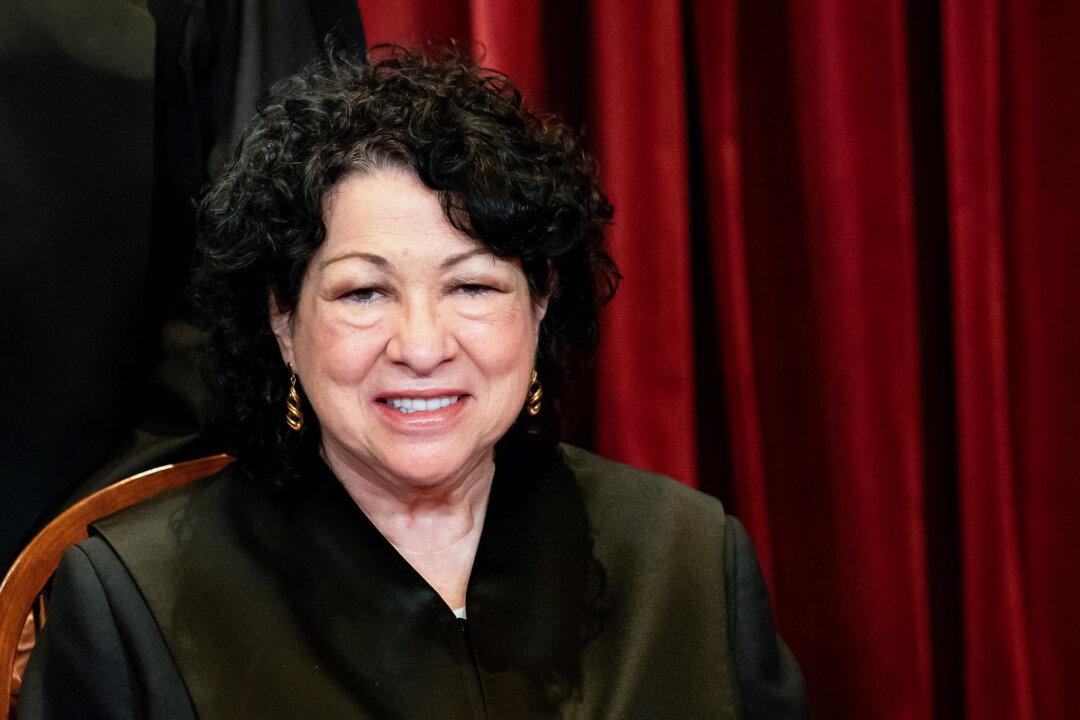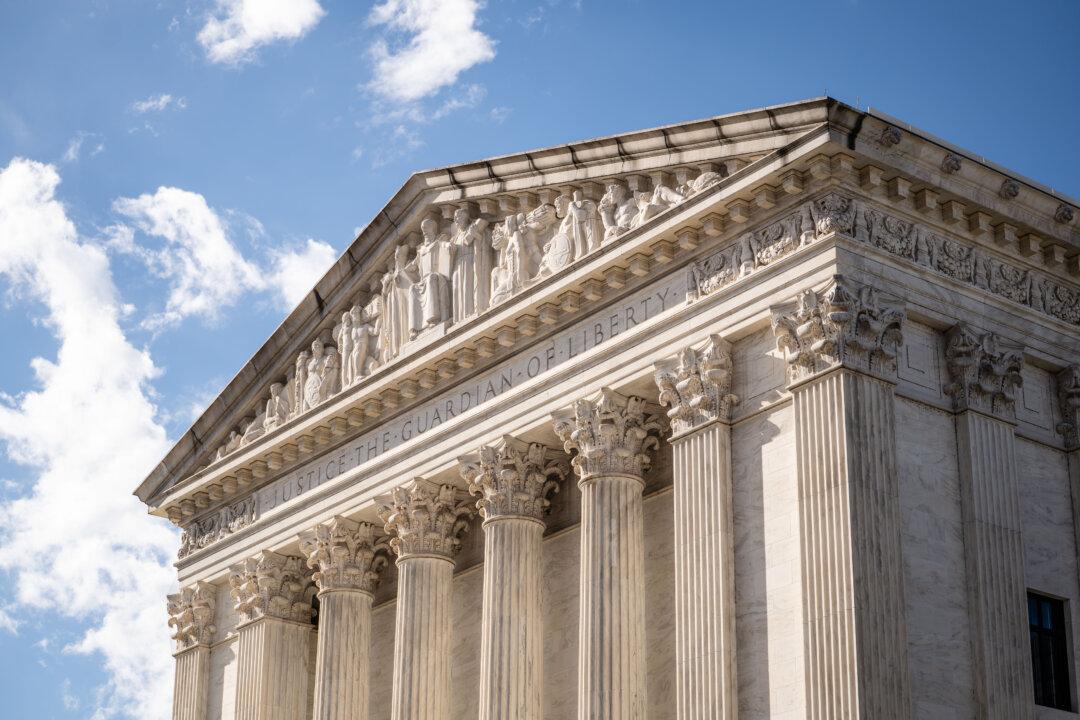WASHINGTON—The Supreme Court has agreed to hear arguments from two Catholic schools in Los Angeles that maintain the religious exemption in the First Amendment shields them from employment discrimination lawsuits brought by two former instructors.
The Supreme Court ordered Dec. 18 that the two cases, Our Lady of Guadalupe School v. Morrissey-Berru and St. James School v. Biel, be consolidated and heard together at some point in the new year.





